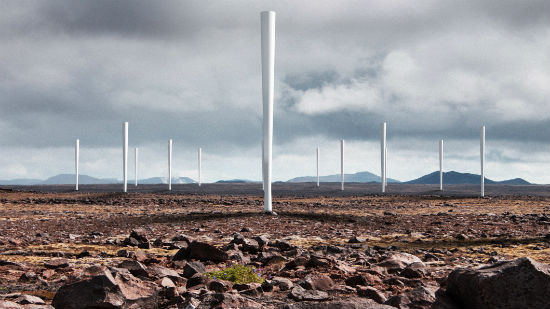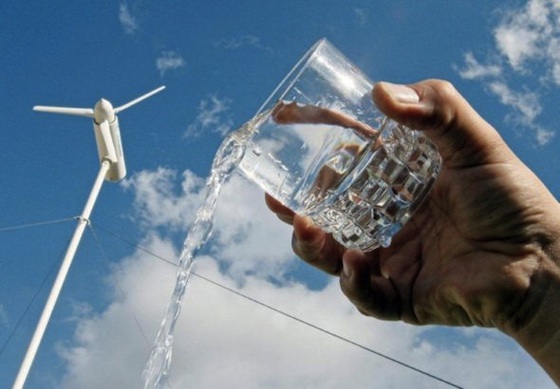
 A two-year research project led by the DEP shows minimal environmental impact would occur at sites proposed for several wind energy projects off the coast of New Jersey, which is a national leader in an effort to develop offshore wind-to-energy power.
A two-year research project led by the DEP shows minimal environmental impact would occur at sites proposed for several wind energy projects off the coast of New Jersey, which is a national leader in an effort to develop offshore wind-to-energy power.
Designed by scientists from the DEP, U.S. Fish and Wildlife Service, National Oceanic and Atmospheric Administration and the U.S. Minerals Management Service, the study will help identify optimum sites off the Jersey coast for wind energy projects that would have the least impact on the environment.
“This is a groundbreaking study,” Dr. Buchanan said. “New Jersey is the first state to take such a detailed scientific look at its offshore ecological resources in the context of wind energy. We can now move into the next phases of wind energy development armed with lots of great information about the many important natural resources along our coast.”
The draft final report shows there would be negligible impacts to bird, fish and marine mammal life caused “green energy’’ turbines which could be located from 3 to 20 miles out to sea, from Barnegat Bay to Hereford Inlet off the coast of Atlantic, Ocean and Cape May counties.
“We now have the science and data needed to take the first steps towards making wind energy projects a reality for New Jersey,’’ said Commissioner Martin. “It puts us in the forefront environmentally, while also providing New Jersey with a great economic boost from jobs that will be created by this new green industry.’’
“These types of projects will have a long-term effect on climate change and help us end our reliance on fossil fuels,’’ added Commissioner Martin. “We would much rather have wind turbines than oil rigs off the coast of New Jersey.’’
The preliminary findings of the $7 million study, performed by DEP contractor Geo-Marine Inc., were released today at a meeting at DEP headquarters in Trenton with key stakeholders on the wind energy issue, including environmentalists, industry representatives and public officials.
The study area included 75 miles of coastal area from Seaside Park to North Wildwood, and explored approximately 1,360 square nautical miles. It looked at the abundance, distribution and migratory patterns of avian species, fish, marine mammals and sea turtles. It factored in shipping lanes, pipelines, tug and barge transit routes and undersea utility lines, while mapping artificial reefs, commercial and recreational fishing areas, and marine protected areas.
The information generated can be used to support evaluation of a pilot turbine project proposed by Fisherman’s Energy that would be located some three miles off the coast, as well as three lease areas approved by the federal government for future meteorological studies to be done by three private companies at sites 8 miles, 16 to 18 miles, and 20 miles off the coast.
“Having the data from this study puts us far ahead of everyone else on a technology that is better for the environment and will help the state’s economy,’’ Commissioner Martin said.
The report, presented by Dr. Gary Buchanan, Manager of the DEP’s Office of Science, included several key findings:
Bird density was found to significantly decrease as you move further offshore.
Of all birds visually recorded, only a small percent were observed flying in the potential turbine rotor swept zone. Geese, herons, dabbling ducks, Osprey and common loons were the predominant species found in those zones.
Dolphins are the predominant species and most frequently observed in the study area. The densities of other marine mammals, including whales and seals, are low throughout the study area.
There were low sightings of sea turtles with just two species found and only during summer months.
Mitigation procedures could be used to limit negative impacts on birds and marine mammals, including brief turbine shut downs during peak avian migration seasons and noise reduction techniques during construction to ease the strain on hearing-sensitive dolphins.



